How to Identify Trees by Their Leaves
By Natural Areas Conservancy on August 06, 2024
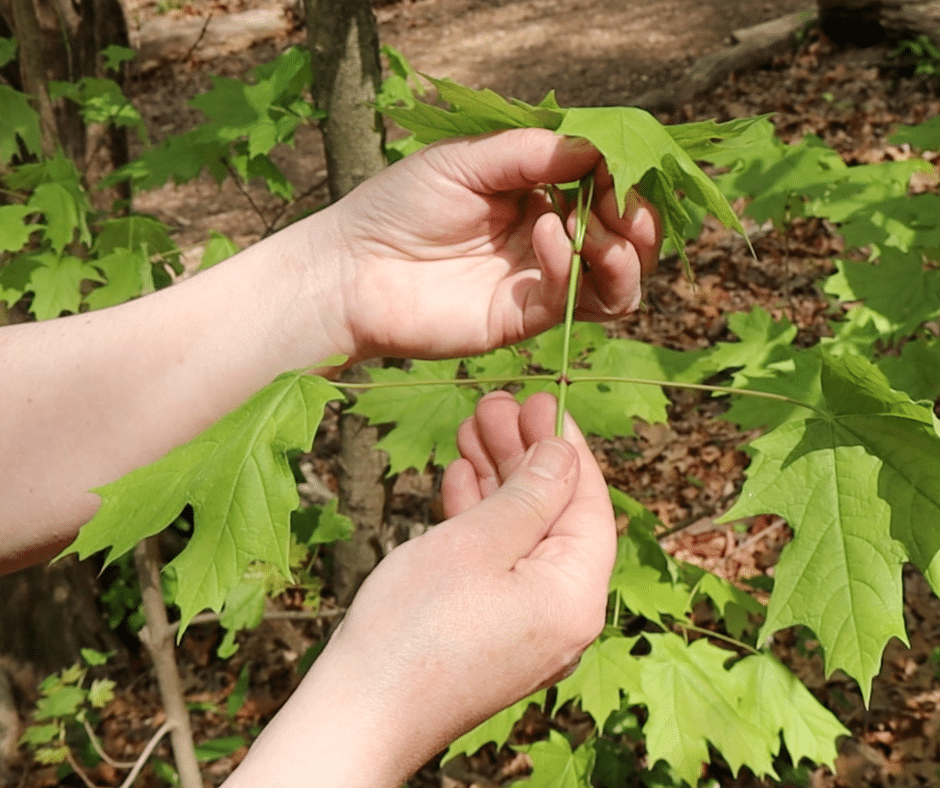
By Natural Areas Conservancy on August 06, 2024

 By Mormei Zanke, Communications Manager
By Mormei Zanke, Communications ManagerYou may be surprised to learn that tree leaves contain a myriad of traits that help ecologists identify certain species from another. Back in spring, the NAC’s Senior Ecologist, Helen Forgione, gave a crash course on everything you need to know about leaves. Check out her wonderfully informative Leaf Lessons series.
Below, we’ve compiled a list of the go-to characteristics you can watch out for the next time you’re taking a stroll through a forested natural area. Brush up on your knowledge, and gain a greater appreciation for the complexities of leaves!
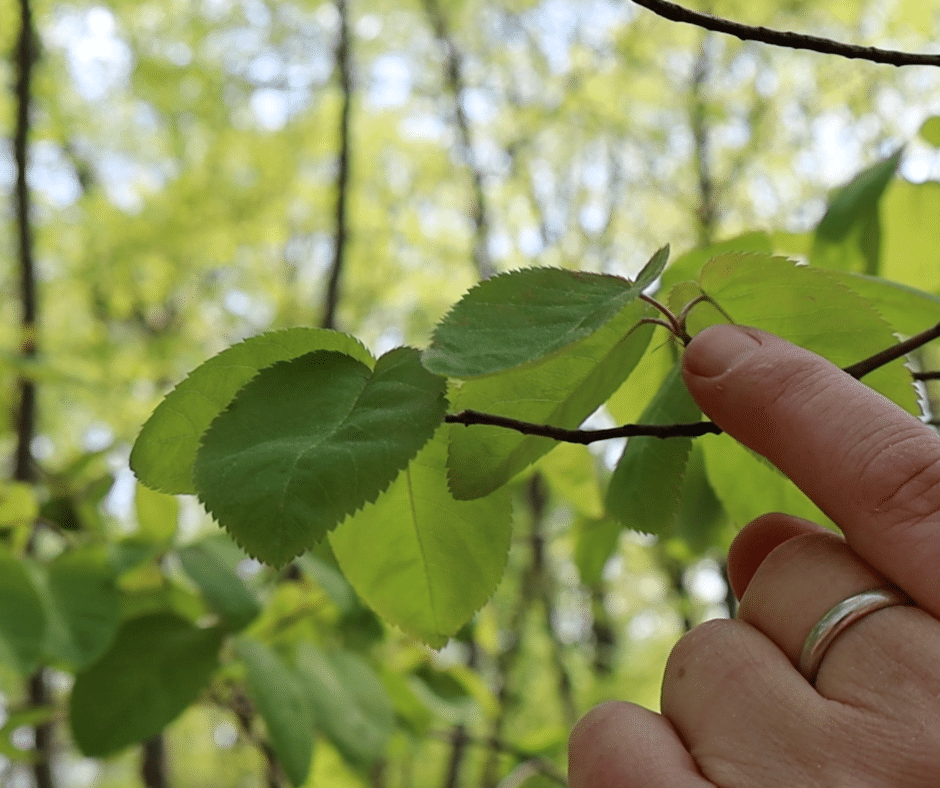
On this shadbush tree you can see a leaf blade, the petiole (stem) part of a leaf, and the bud.
The answer is not as straightforward as you think! A single leaf contains two main parts:
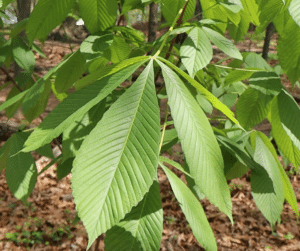
An Ohio buckeye has compound leaves.
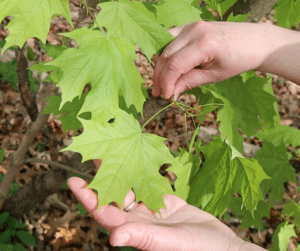
A sugar maple has simple leaves.
You may be deceived by a tree, and think you’re looking at multiple tree leaves, when really, you could be seeing its leaflets, smaller parts that make up the compound leaf. This is what makes the difference between a simple and compound leaf. A simple leaf has a single blade connected by a petiole to a branch. Whereas, a compound leaf has multiple leaflets that together make up a multi-part leaf. The way to tell a leaf from a leaflet is to look at the base of the “leafy” part. If you see a bud or a leaf scar (the place where a leaf was formerly attached), it’s a simple leaf! If you don’t see this, it is a leaflet and part of a compound leaf!
The two main types of leaf arrangements are opposite and alternate. Take a look at a branch of a tree, if you see two leaves growing opposite each other on the stem, then you have an opposite leaf arrangement. An alternate leaf arrangement is exactly how it sounds, when leaves are arranged alternately along the stem.

Opposite arrangement
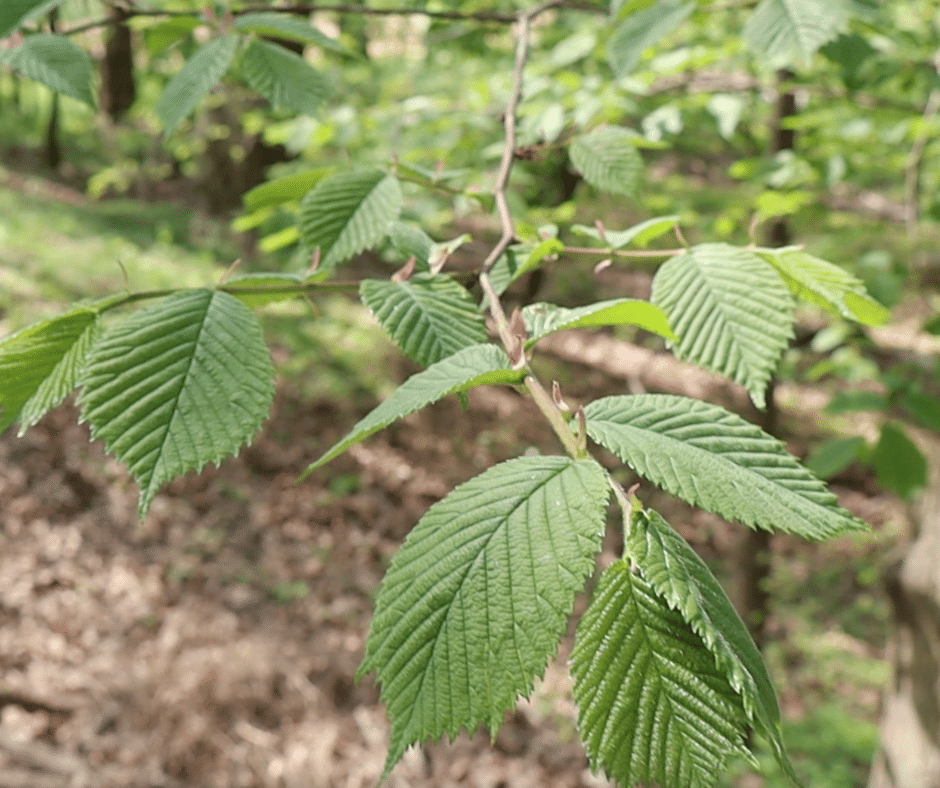
Alternate arrangement
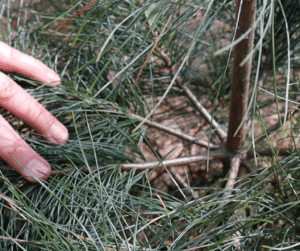
White pine trees have bundles of five needle-like leaves. Here the branches are whorled around the stem
On evergreen trees like pines, you can look at leaves very differently. Instead of a blade and petiole, pines have needle-like leaves. The leaves are made up of bundles of needles called fascicles. The number of needles in a bundle can help you identify which pine you have found! With white pine the branches of the tree are in an arrangement called whorled. This is when the branches are attached to the tree trunk in a radial pattern, like the spokes of a bicycle wheel.
We hope these new terms and their definitions help you sharpen your tree ID skills out in nature! The fact that even leaves can have vastly different characteristics, is just another example of nature’s wonders!
Stay up to date on everything NAC. Subscribe to our newsletter for information on events, our nature tips, latest research, and advocacy opportunities.
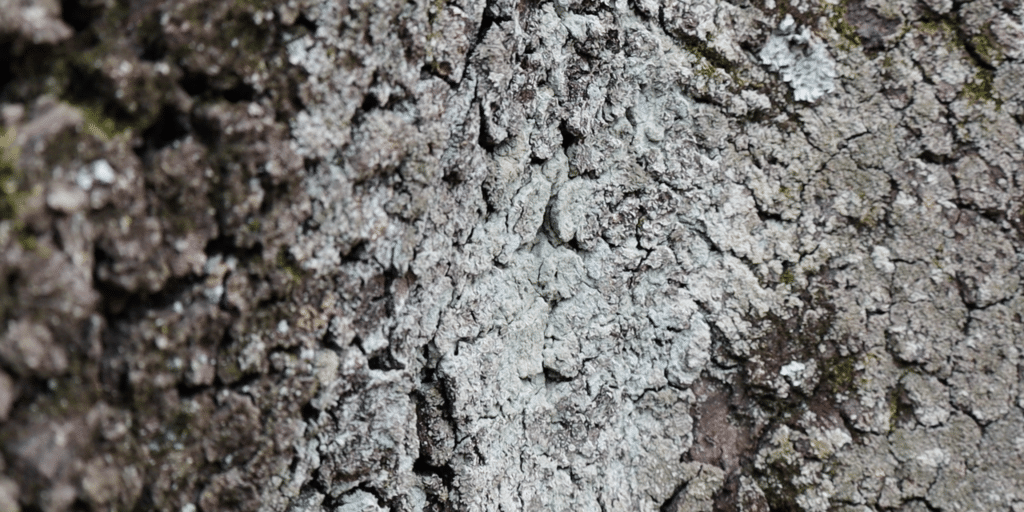
Check out our blog on the five common types of lichen in NYC.
Read blog post